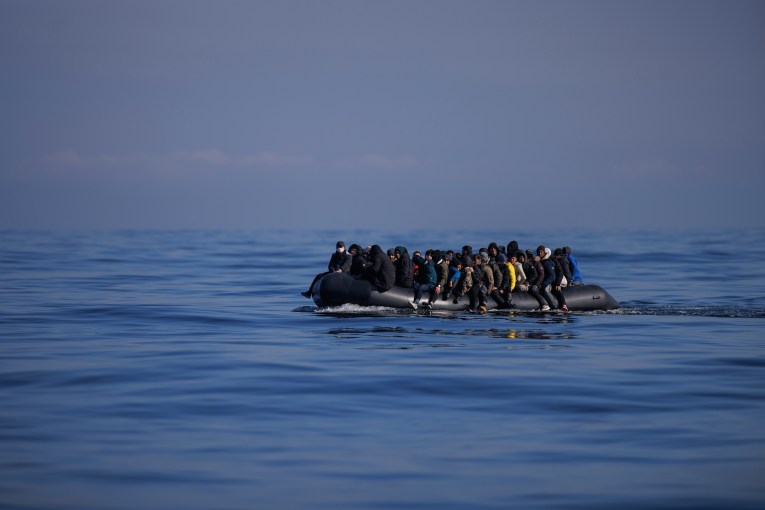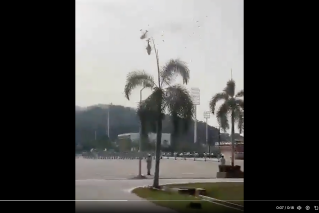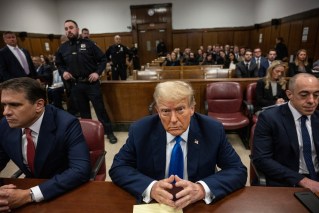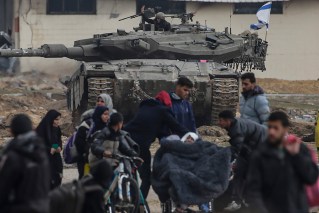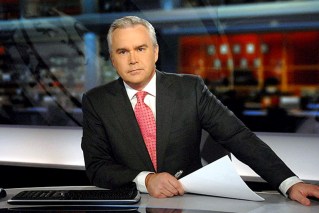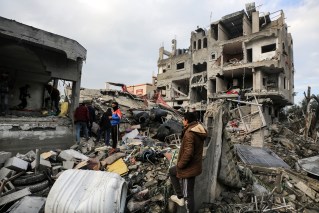At least 14 dead in St Petersburg metro bombing

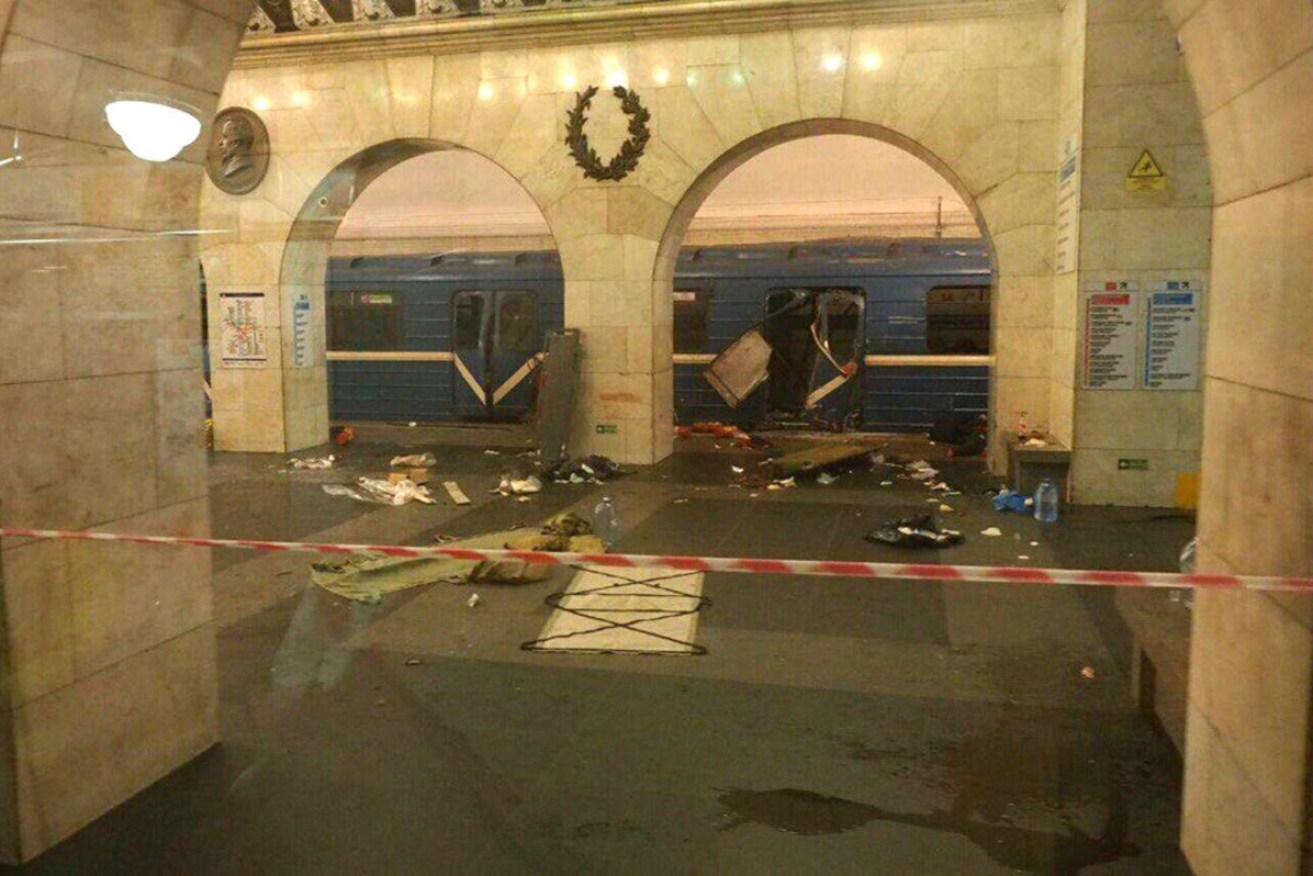
An explosion rocked a Russian metro station on Monday, killing at least 11 people. Photo: AAP
At least 14 people are dead and more than 40 injured after a bomb tore through a train carriage in the St. Petersburg underground system.
Interfax news agency quoted an unnamed source as saying the blast on Monday afternoon Russian time was caused by a bomb filled with shrapnel, possibly carried in a backpack.
Russia’s National Anti-Terrorist Committee said a second explosive device was found several hours later at disguised as a fire extinguisher another metro station, Revolutionary Square, but had been disabled.
There was no immediate claim of responsibility for the blast, but Russian Prime Minister Dmitry Medvedev described the bombing as a “terrorist act.”
Law enforcement agencies say they believe the explosives were carried by a 23-year-old suicide bomber.
Russia’s top criminal investigative body, the Investigative Committee, said it was treating the blast as a terrorist attack, but was also considering other motives.
President Vladimir Putin, who was in St. Petersburg for a meeting with Belarussian leader Alexander Lukashenko, said he was considering all possible causes for the blast.
“I have already spoken to the head of our special services, they are working to ascertain the cause [of the blast],” Mr Putin said at a meeting with Mr Lukashenko.
Ambulances and fire engines descended on the Sennaya Ploshchad metro station. A helicopter hovered overhead as crowds gathered.

The bombing occurred in a tunnel between two stations. Photo: EPA
The explosion happened about 2:40pm (local time), well ahead of the evening rush hour, on a train that was leaving the Technology Institute station and heading to the Sennaya Square station, the National Anti-Terrorist Committee said.
Video showed injured people lying bleeding on a platform, some being treated by emergency services and fellow passengers. Others ran away from the platform amid clouds of smoke, some screaming or holding their hands to their faces.
A huge hole was blasted in the side of a carriage with metal wreckage strewn across the platform. Passengers were seen hammering at the windows of one closed carriage.
Russia’s Investigative Committee said in a statement that items relative to the investigation are being seized, witnesses and metro employees are being questioned and they were working to confirm the number of dead and injured.
The Department of Foreign Affairs (DFA) said the Australian Embassy in Moscow is in contact with Russian authorities to determine whether any Australians were involved in the bombing.
“There are currently no indications that Australians were killed or injured in the incident,” a DFA spokesperson said.
Prime Minister Malcolm Turnbull sent Australia’s thoughts and condolences to the families of victims.
“This is a reminder … that terrorism is a global threat and all nations need to work together to combat it,” he told reporters in Canberra.
A man identified in CCTV as a suspect in the bombing later handed himself into police maintaining his innocence, while another man is still being sought.
The train’s driver has been hailed as helping save the lives of the injured by continuing to the next station rather than than stopping the train after the blast, allowing passengers to evacuate and rescuers to tend to victims.

The train continued to the next station after the blast. Photo: megapolisonline.ru
St. Petersburg emergency services at first said that there had been two explosions. But a source in the emergency services later said there had been only one but that the explosion had occurred in a tunnel between stations.
US President Donald Trump told reporters the attack was a “terrible thing — happening all over the world — absolutely a terrible thing”.

Vladimir Putin said he was looking at all possible motives for the bombing. Photo: AP
Russia’s second-largest city with over 5 million residents, St Petersburg is the country’s most popular tourist destination.
The stations targeted by the bombings were two of the subway’s busiest.
Russia has been on particular alert against Chechen rebels returning from Syria and wary of any attempts to resume attacks that dogged the country several years ago.
At least 38 people were killed in 2010 when two female suicide bombers detonated bombs on packed Moscow metro trains.
Over 330 people, half of them children, were killed in 2004 when police stormed a school in southern Russia after hostage taking by Islamist militants.
In 2002, 120 hostages were killed when police stormed a Moscow theatre to end another hostage taking.
– With news agencies

